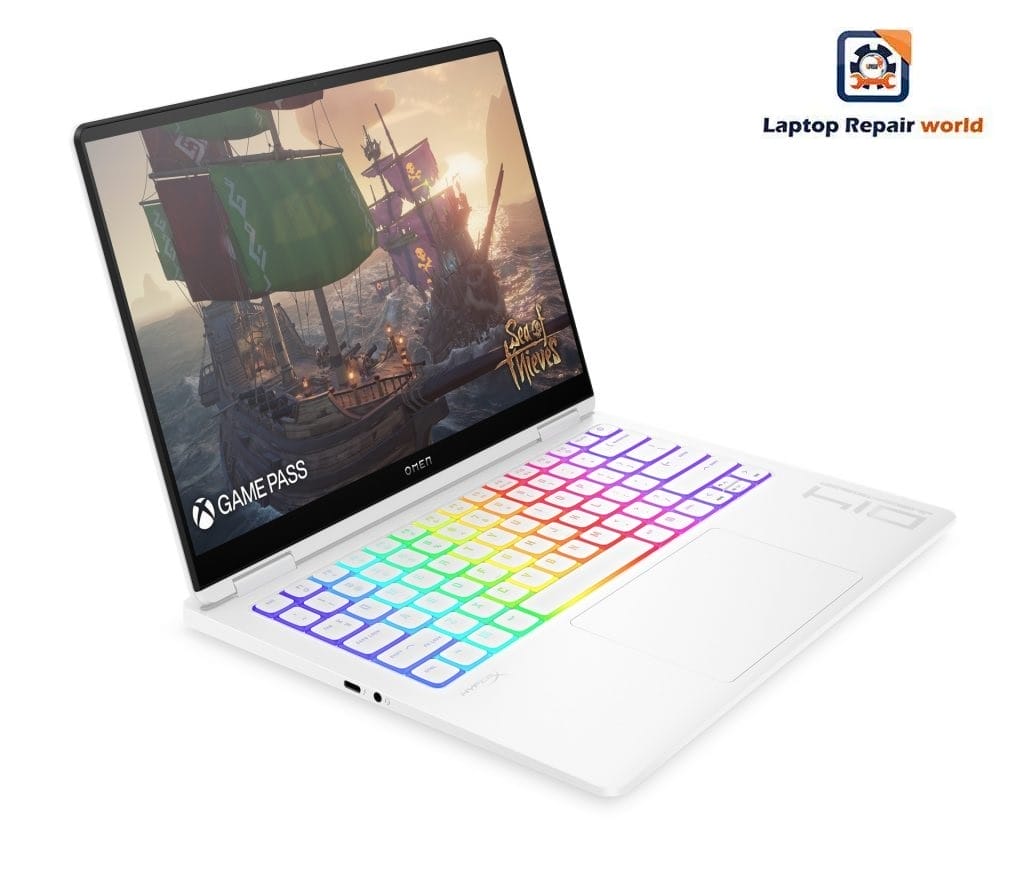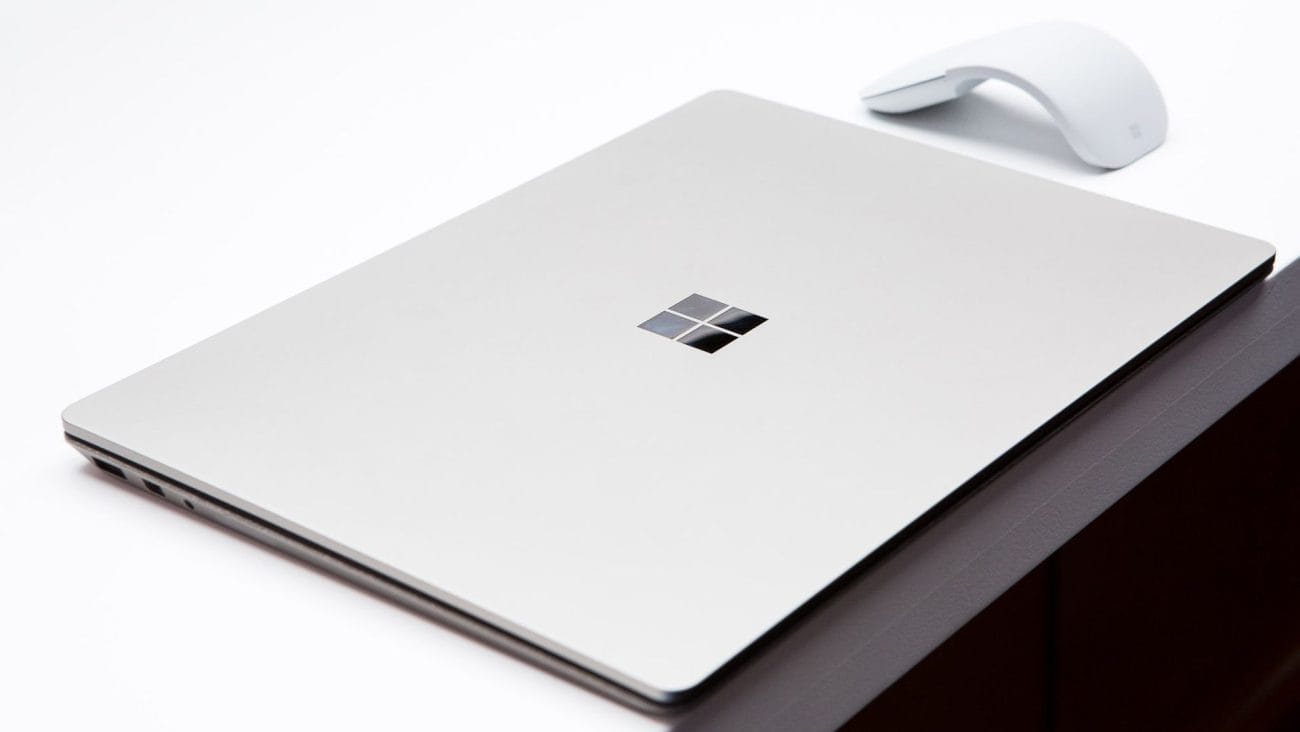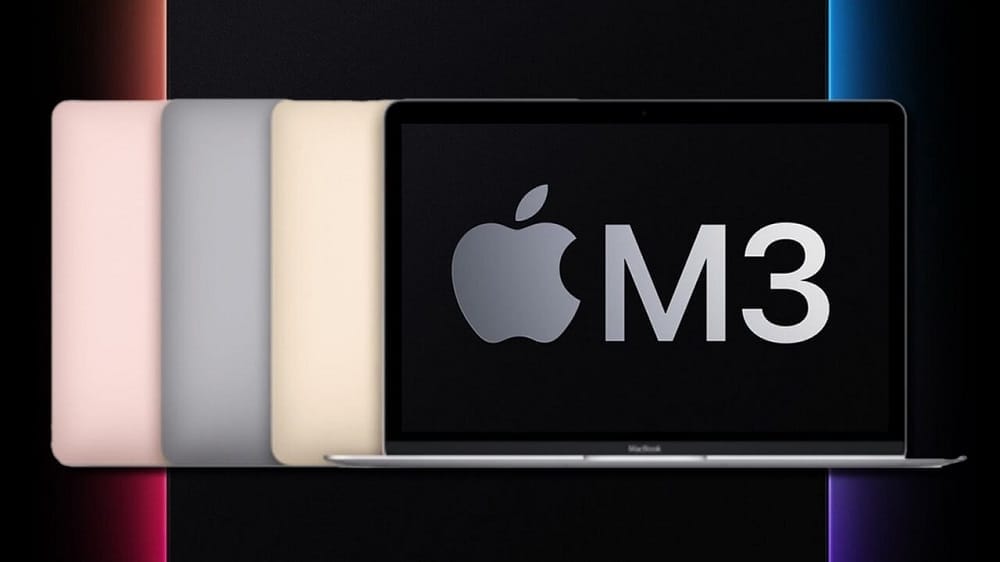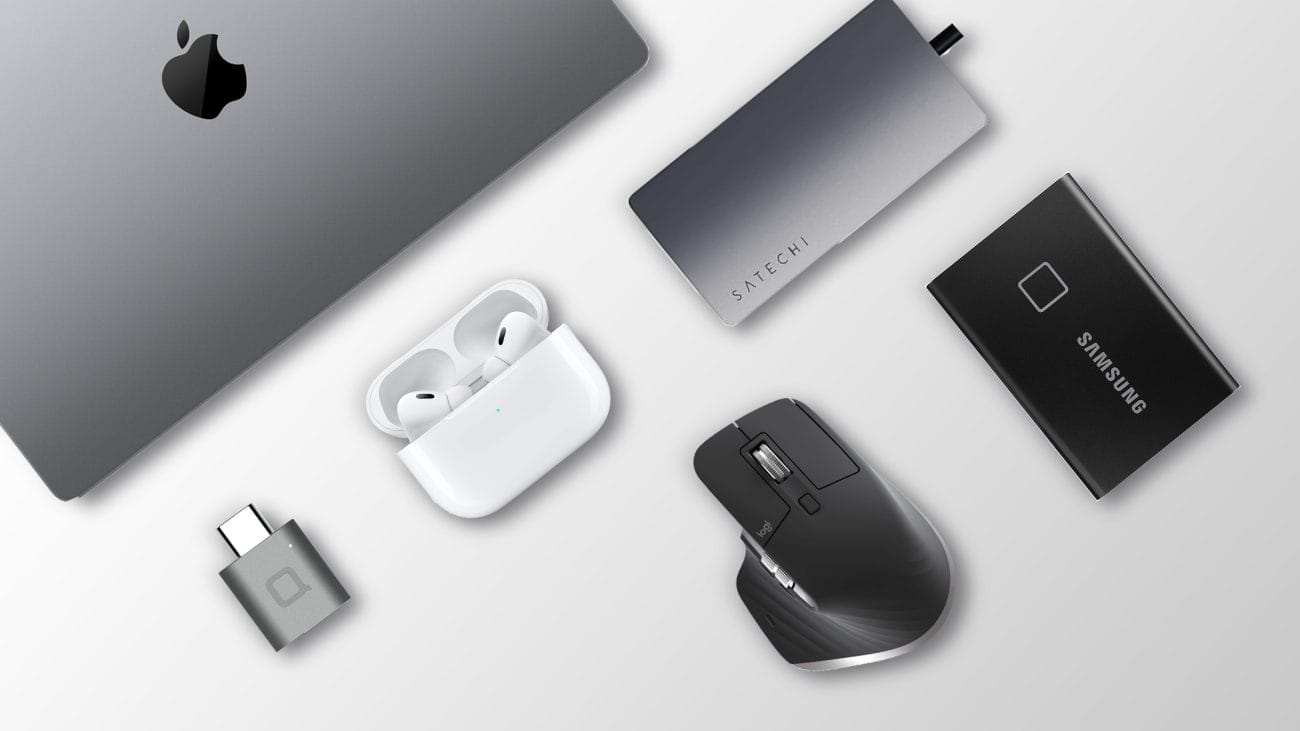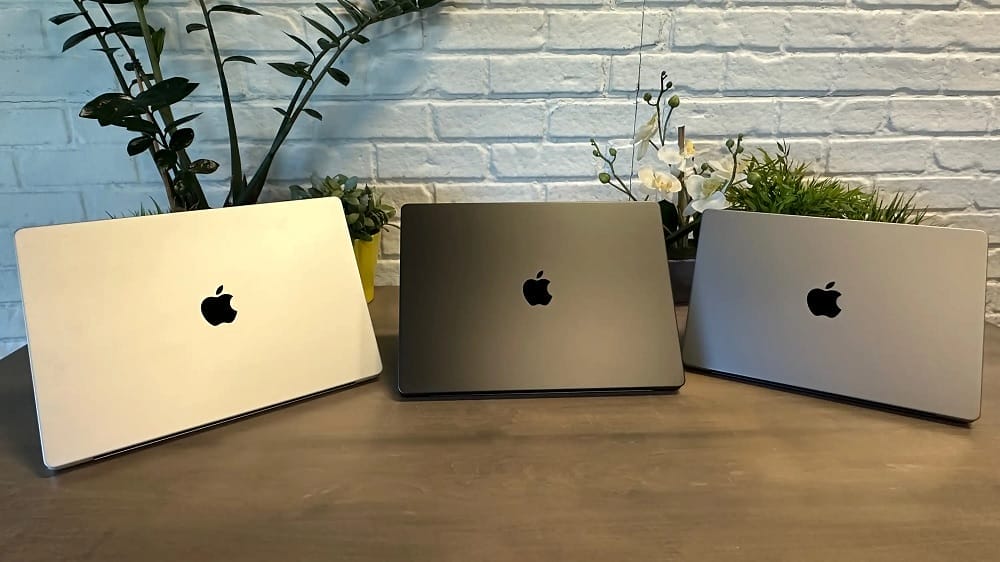Foldable Future: Are Flexible Laptops Finally Ready to Rule? – A Deep Dive
The idea of a foldable laptop, a device that seamlessly transforms from a compact tablet to a spacious workstation, has captivated tech enthusiasts for years. Early iterations were met with skepticism due to durability concerns, high prices, and software limitations. However, recent advancements in display technology, hinges, and software optimization have reignited the foldable frenzy. So, are foldable laptops finally ready to dethrone their rigid counterparts and rule the computing landscape? Buckle up, as we delve deeper into this intriguing question.
 Unfolding the Advantages:
Unfolding the Advantages:
- Enhanced Portability: The primary allure of foldables lies in their compact size. Imagine effortlessly slipping a fully functional laptop into your bag, eliminating the bulk of traditional designs. This translates to increased mobility, making them ideal for frequent travelers, students, and professionals on the go.
- Versatility Unbound: Foldables offer unique form factors. Unfold the screen for comfortable multitasking on a larger canvas, ideal for work or entertainment. Fold it in half for tablet mode, perfect for reading, browsing, or note-taking. Some even fold into phone-like configurations, offering unparalleled convenience for quick tasks.
- Immersive Experiences: Imagine watching movies or playing games on a display that expands like a book, creating a more engaging and immersive experience. The larger screen real estate also opens up possibilities for advanced multi-window setups and innovative productivity workflows.
Creases in the Canvas:
- Durability Concerns: While displays have become more robust, the folding mechanism introduces a crease along the hinge, raising concerns about long-term durability and potential screen damage. Frequent folding and unfolding cycles could lead to wear and tear, requiring careful handling and potentially higher repair costs.
- Software Optimization: Foldable devices are still catching up in terms of software optimization. Not all applications seamlessly adapt to the changing aspect ratio and form factors, leading to compatibility issues and suboptimal user experiences. Developers need to embrace foldables and design apps that leverage their unique capabilities.
- Pricey Proposition: Currently, foldable laptops command a premium price tag compared to their traditional counterparts. While the price gap is narrowing, affordability remains a hurdle for mainstream adoption, especially for budget-conscious consumers.
A Glimpse into the Future:
Foldable laptops represent a technological leap forward, but challenges remain. As technology evolves, displays become more durable, software optimizations improve, and prices become more competitive, foldables have the potential to disrupt the laptop market. Imagine a future where flexible displays are commonplace, seamlessly integrating into various form factors, from laptops to tablets to smartphones, offering unparalleled versatility and user experience.
The Verdict:
While not quite ready to “rule,” foldable laptops are no longer a novelty. They offer compelling advantages in terms of portability, versatility, and immersive experiences. However, concerns regarding durability, software optimization, and price tag need to be addressed for wider adoption. The future of computing is likely to embrace flexible displays in some form, but whether traditional laptops are completely dethroned remains to be seen. The journey towards a truly foldable future has begun, and the next few years will be crucial in determining the trajectory of this exciting technology.
Additional Food for Thought:
- What role will foldable laptops play in specific industries like education, healthcare, or design?
- How will the rise of cloud computing and web-based applications impact the need for powerful hardware in laptops?
- Will new form factors emerge, combining the best aspects of laptops, tablets, and smartphones?
The conversation around foldable laptops is far from over. As technology continues to evolve, the answers to these questions will shape the future of computing and how we interact with technology on the go.

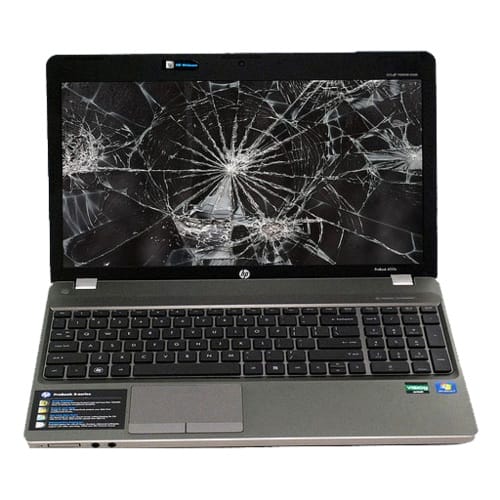
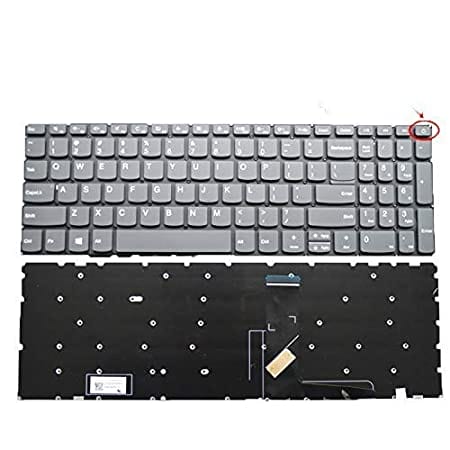
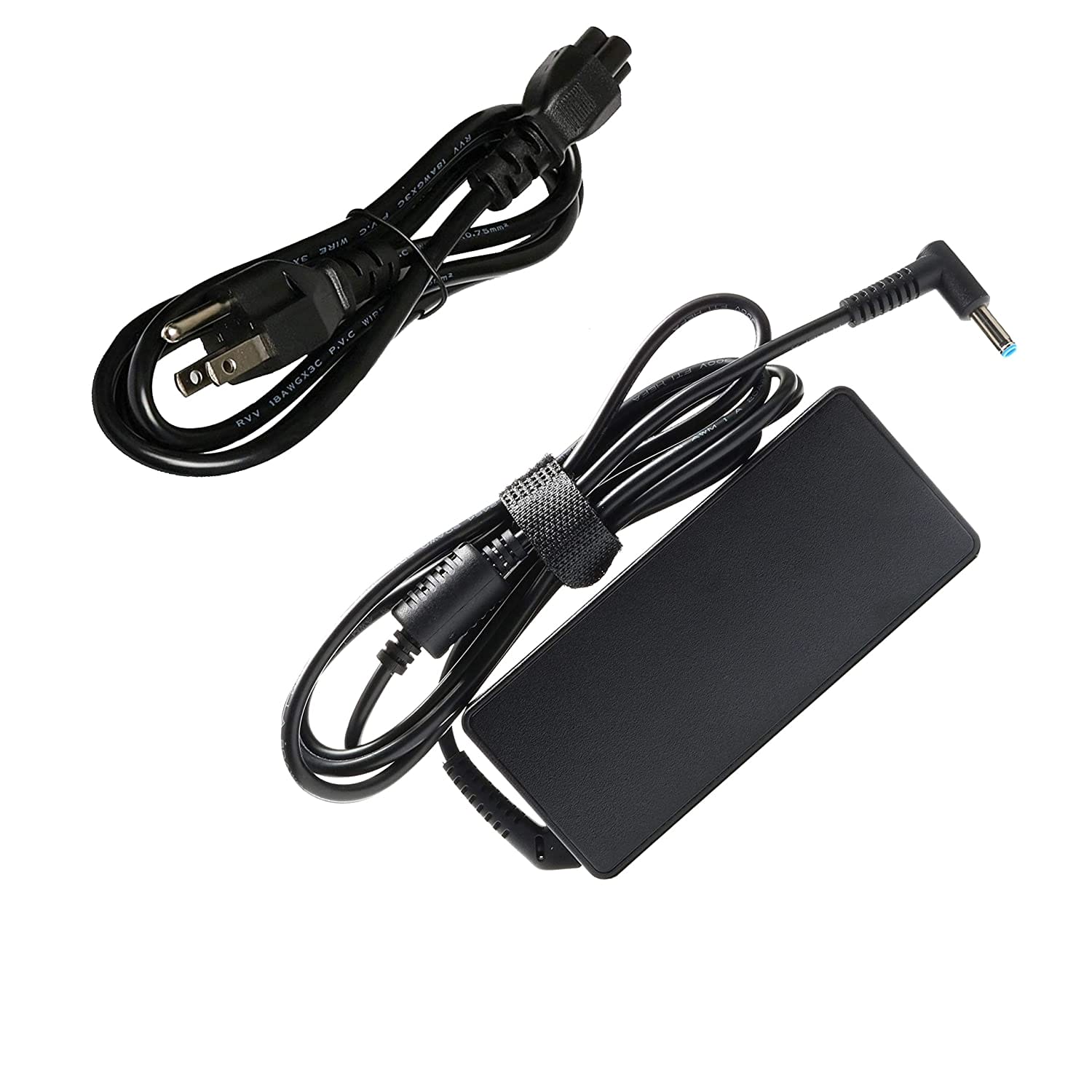
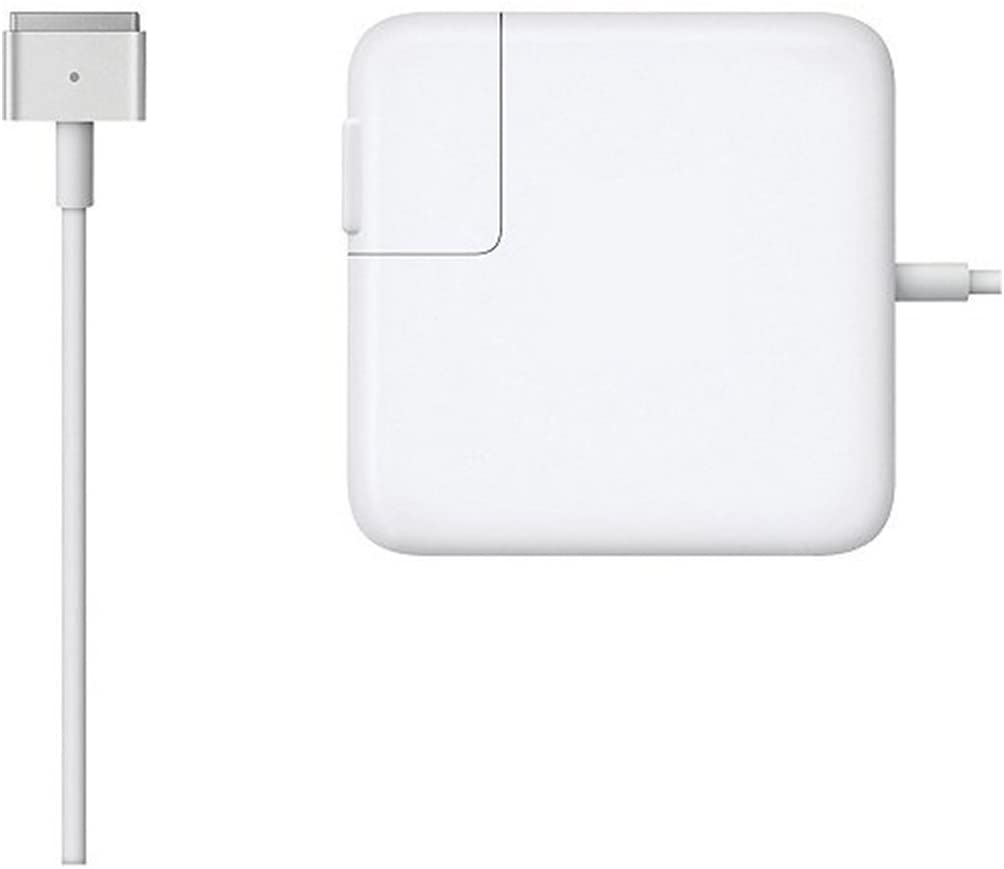

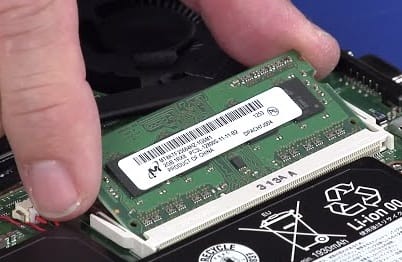
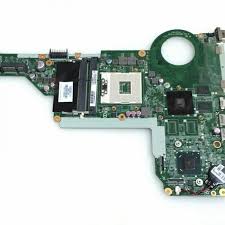

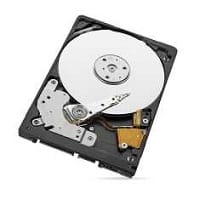
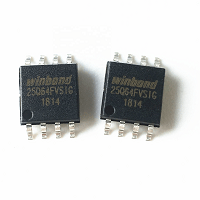


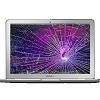


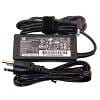
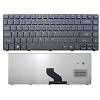
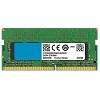
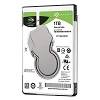
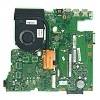
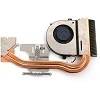


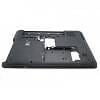
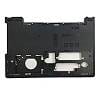



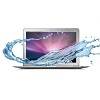


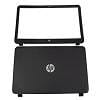




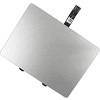
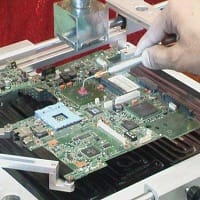
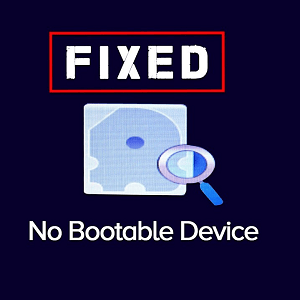



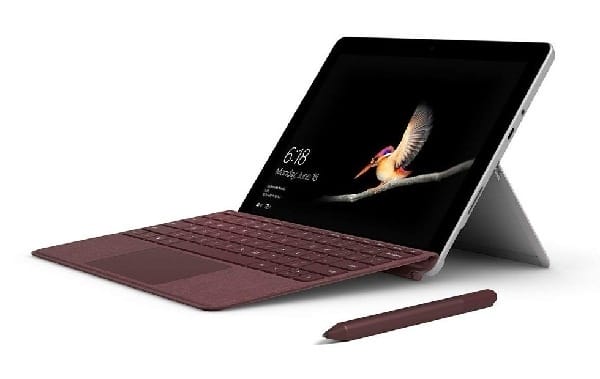
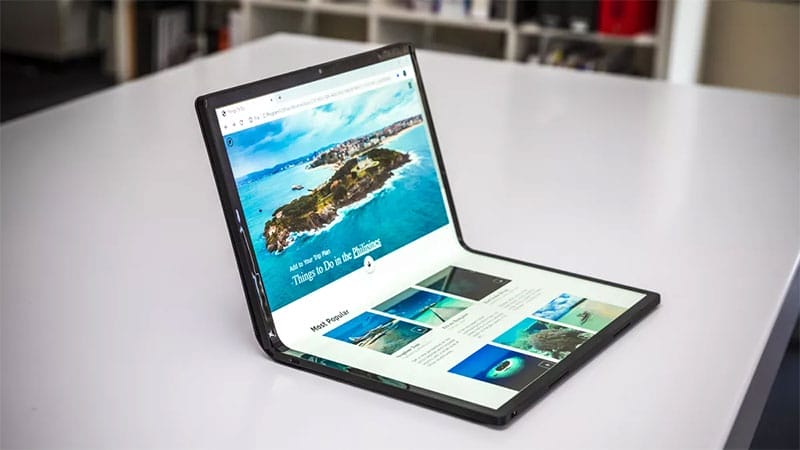
 Unfolding the Advantages:
Unfolding the Advantages:
